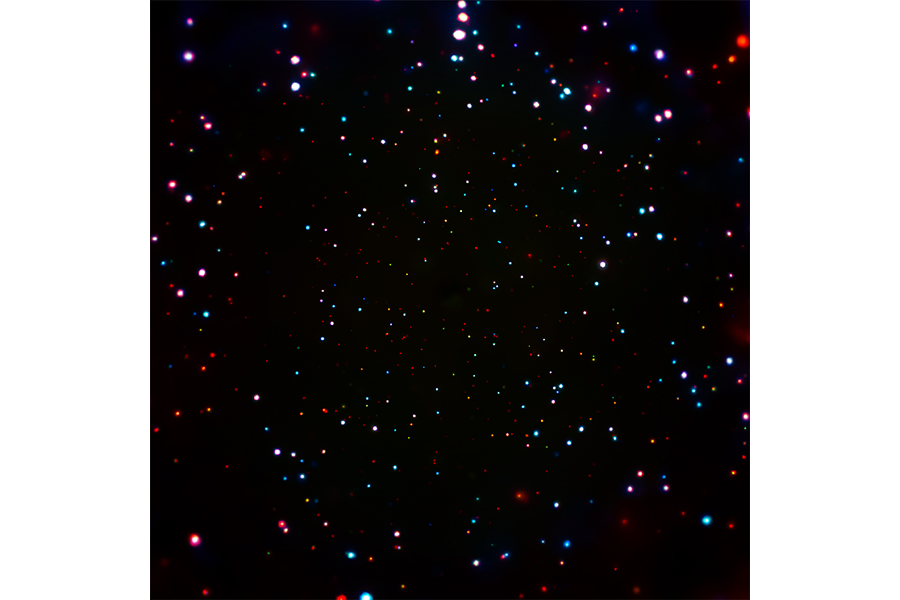Astronomers find mega black hole 'garden' with deepest X-ray image ever taken
Loading...
A new image captured by NASA’s Chandra X-Ray Observatory has offered a rare glimpse of black holes’ growth in the first billions of years following the Big Bang.
During a study of X-ray emissions from some 2,000 galaxies located about 12-13 billion light-years from Earth, the observatory collected about eleven and a half weeks’ worth of X-ray images. It turned up a patch featuring the highest concentration of supermassive black holes ever observed, according to the observatory – equivalent to about 5,000 being stuffed into an area as big as that of the moon. And they grew not by slow accumulation, say researchers, but in bursts.
"With this one amazing picture, scientists can explore the earliest days of black holes in the Universe and see how they change over billions of years," said Pennsylvania State University astronomer Niel Brandt, who led the team that analyzed the image, in a statement.
The work might nudge scientists closer toward understanding how supermassive black holes got so big, so fast in the early days of the universe – the images contain hints that the "seeds" of those black holes are much heavier than previously thought – and highlights the importance of X-ray imaging in efforts to understand black holes.
"By detecting X-rays from such distant galaxies, we're learning more about the formation and evolution of stellar-mass and supermassive black holes in the early Universe," said Fabio Vito, a team member and postdoc researcher at Penn State. "We're looking back to times when black holes were in crucial phases of growth, similar to hungry infants and adolescents."
Another NASA mission slated for 2020 includes plans to launch a spacecraft equipped with X-ray detectors from the Italian Space Agency that can measure polarization levels of radiation in the extreme environments bordering black holes.
The supermassive black hole cluster wasn’t the only dramatic cosmic event collected by the Chandra Observatory and presented by the team on Wednesday. Two galaxy clusters located about 2 billion light-years from Earth, known as Abell 3411 and 3412, were also witnessed colliding into each other, producing a massive shockwave of hot gas and energetic particles. And the images captured of this event solved a longstanding mystery among astronomers.
"In the past, astronomers have detected radio emissions coming from Abell 3411 and Abell 3412 using the [Giant Metrewave Radio Telescope in India]," UniverseToday notes. "But the origins of these emissions, which reached for millions of light years, was the subject of speculation and debate. Relying on the data they obtained, the research team was able to determine that they are the result of energetic particles (produced by the clouds of hot gas colliding) being further accelerated by galactic shock waves."
Chandra and other X-ray observatories will continue investigating the mystery of black holes’ rapid growth, in parts of the universe even further from Earth, using observations from the James Webb Space Telescope.






